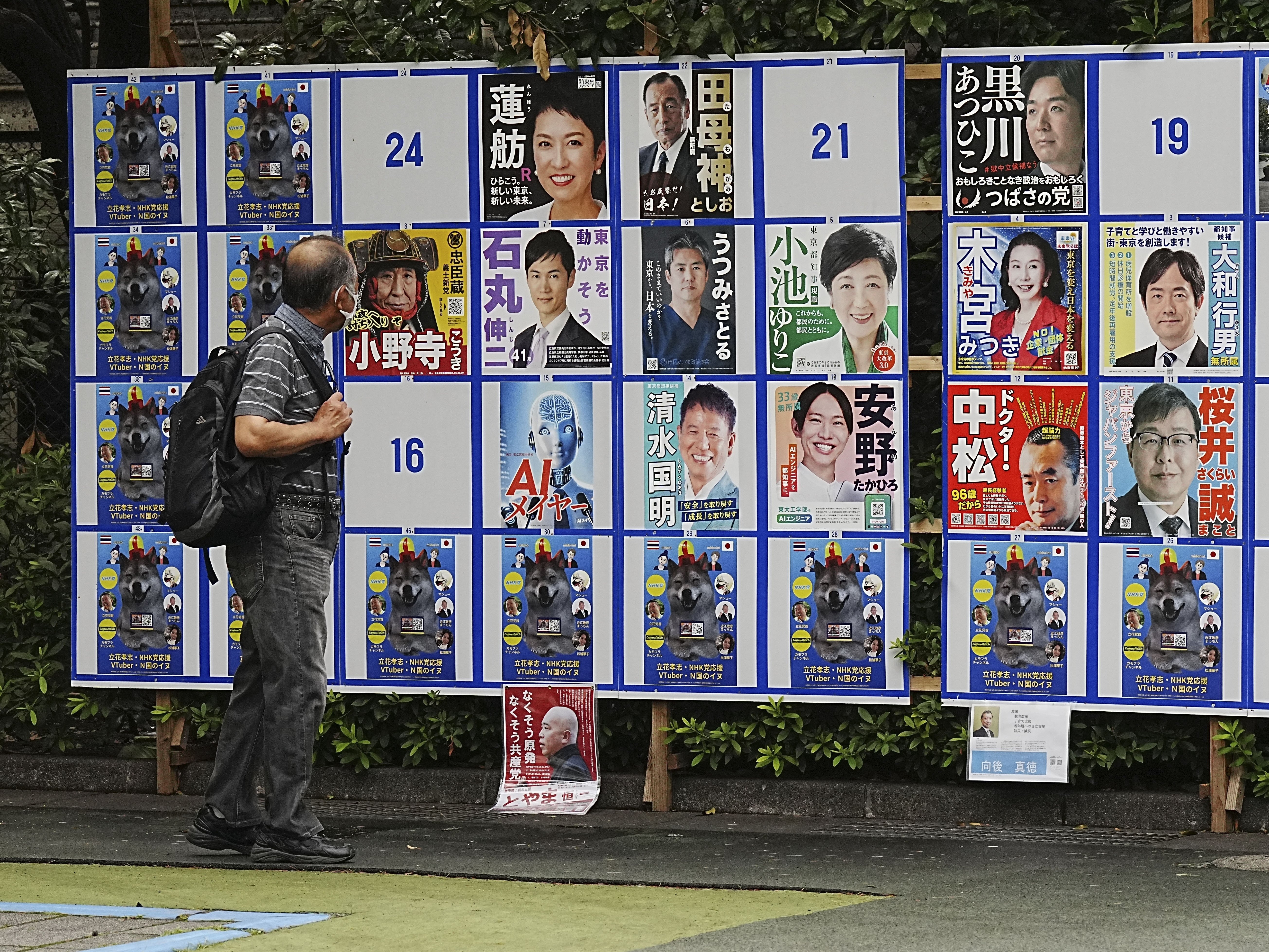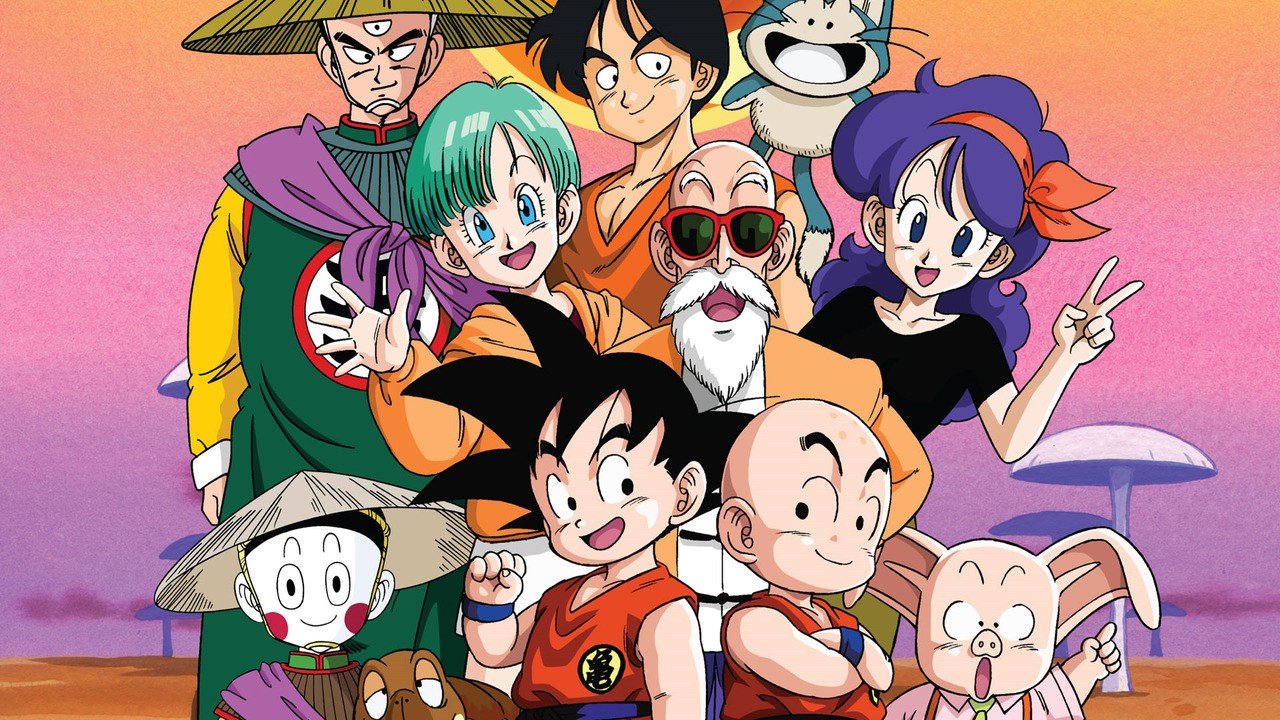Japan’s anime industry stands at a crossroads in 2025, fighting to maintain its global dominance as international competition ramps up. The sector’s massive growth over the last decade has made it a pillar of the national economy, even surpassing older industrial exports like steel and semiconductors. As China and others push their own animation industries forward, Japan is not simply relying on history and legacy.
Instead, Japan is **making bold moves to secure anime’s future**: revamping industry structure, supporting new talent, and harnessing government initiatives. The stakes are rising because international demand for Japanese anime – fueled by streaming, passionate global fandom, and the lasting influence of creators – shows no sign of slowing down. With leading franchises such as Demon Slayer and Attack on Titan, the industry’s global impact has never been bigger, but challenges and change are on the horizon.
Anime’s Global Expansion Surges
From 2013 to 2023, global anime revenues climbed at a stunning pace, capturing **millions of fans in virtually every region**. Properties like Attack on Titan, Demon Slayer, and Jujutsu Kaisen broke into new markets via viral streaming and theatrical releases, driving merchandise and spin-offs along with the shows.
Japanese anime now enjoys instant brand recognition. Streaming has played a key role in pushing anime beyond Japan’s borders, with platforms translating and subtitling episodes within days, or sometimes hours, of Japanese release. Success stories illustrate the broad appeal: Demon Slayer: Mugen Train achieved global box office milestones previously unheard of with anime films, setting records even outside Asia.
These surges were not limited to popular series alone. Global collections and box sets, art books, and anime-inspired fashion brands all contributed to a rising culture surrounding Japanese animation. This widespread demand continues to push the industry into new collaborations and licensing opportunities, expanding anime’s reach further than anyone would have predicted a decade ago.
Anime conventions and events outside Japan have also multiplied, creating communities and new entry points for casual and devoted fans. The success is leading both established studios and smaller creators to look for more efficient ways to reach audiences worldwide.
Japan’s Entertainment Export Boom
Japan’s content exports have reached historic highs, with total sales from video games, anime, manga, and entertainment surpassing 5.8 trillion yen (about $39.7 billion) between 2013 and 2023. For the first time, the export value of this sector exceeded traditional heavy industries, signaling a major economic pivot.
This boom has been widely noted by industry insiders. Keiji Ota, Toho’s ‘Chief Godzilla Officer’, put it bluntly:
The strength of Japan’s IP is being recognized around the world.Strong intellectual property like Godzilla or Pokémon has become emblematic of “Cool Japan,” helping establish the country as a pop culture powerhouse.
Overseas markets, particularly in North America, Europe, Southeast Asia, and South America, now account for significant growth. Licensing deals, localization, and co-productions mean Japanese companies often find more opportunity abroad than at home. The market for anime-related products and services is now a formidable piece of Japan’s export profile.
This commercial shift is not just about money; it has cultural and national significance. Japanese leadership understands that anime and manga are sources of soft power, shaping perceptions and inspiring interest in language, tourism, and technology.
Anime is no longer a niche or subcultural medium. It’s a leading cultural export, and its economic gravity is shaping how Japan positions itself on the global stage.
Government Initiatives Fueling the Anime Wave
Government-backed campaigns such as Cool Japan have played a pivotal role in turbocharging the anime industry’s global reach. Starting in the early 2010s and continuing to present, these initiatives focus both on funding creative projects and promoting Japanese media worldwide.
Cool Japan aims to showcase the nation’s unique culture, pop entertainment, and creative products in global markets. The program has funneled significant resources into exporting not only anime but also fashion, traditional arts, and food. By supporting studios and creators with grants, international marketing, and industry events, the government is reinforcing anime’s international position.
This strategy goes beyond simple advertising. It promotes exchanges between creators, supports foreign language dubbing and subtitling, and aligns with embassies to stage exhibitions and screenings. The plan is multi-layered, recognizing that anime success builds up Japan’s wider creative industries as well.
As a result, Japanese anime gains regular features in festivals, streaming libraries, and cultural discussions worldwide. These efforts are now being scaled up, with the government aware that the rise of strong competitors – especially China – means continued investment is necessary to retain leadership in the sector.
Streaming Platforms Transforming Anime Distribution
Streaming services like Crunchyroll, Netflix, and Amazon Prime have fundamentally changed how anime reaches viewers. Crunchyroll, for example, now offers anime in over 200 countries, often with subtitles in several languages and sometimes same-day releases with Japan. This reach has drastically increased anime’s accessibility and popularity abroad.
Japanese studios have moved from a “master license” system to tailored deals for different regions, responding to the growth in audience and the need for nuanced distribution. Previously, studios would sell all rights for a territory in a single package, but today there is an emphasis on flexibility and maximizing each market’s value.
Fans outside Japan now have unprecedented access to titles, and streaming platforms have become the go-to point of entry for both classics and new releases. This has helped build international communities, enabling fan-driven localization and meme culture.
Streaming also leads to more accurate data collection on what audiences want. Studios and distributors can see which episodes, series, or genres are trending worldwide in near real time. This helps producers invest in series with the greatest global potential and adapt existing stories for wider appeal.
The downside for studios, however, is negotiating fair contracts and royalties in a rapidly shifting landscape where distributors and platforms often extract significant portions of the revenue.
Persistent Industry Challenges and Creative Bottlenecks
Despite rapid growth, the Japanese anime industry is forced to grapple with persistent challenges. Middlemen and traditional distribution structures have slowed revenue growth for creators, raising questions about sustainability.
Author and journalist Roland Kelts has highlighted waste and inefficiency in the production and distribution processes. The system, long reliant on old contracts and complex committee structures, often leaves actual animators and writers with a disproportionately small share of the profits – even as the sector booms globally.
Studios struggle to scale up their workforce, as the availability of experienced animators and directors continues to slip. Creative bottlenecks develop when too few people carry too many projects, causing delays in both the creative and business sides of the industry.
These issues are particularly acute as major hits require more sophisticated visual effects, longer schedules, and the fast turnarounds expected by international broadcasters. Demand for fresh content is growing, but the ability to deliver at a consistent, high level is under pressure.
If these core problems – stretched talent and profit imbalance – aren’t addressed, Japan risks losing its edge to competitors better able to reward and support their own creators.
The Production Committee System and Profit Distribution Issues
Much of the industry’s structure is governed by the production committee system, where different companies invest in a project and split the profits. While this spreads risk and accelerates funding, it also leads to complex agreements that often favor investors over actual creative talent.
Production committees typically include publishing houses, toy manufacturers, broadcasters, and streaming companies. This distributed model means corporate interests frequently outweigh artistic vision, sometimes constraining original storytelling or leading to conservative creative choices.
The greatest criticism of this system is that profits do not trickle down to those who actually create the work. Many key staff on successful anime earn low wages, despite participating in million-dollar projects. This gap is pushing some of the brightest minds to leave the industry, or to go freelance for international studios willing to pay more for their craft.
Calls for reform are getting louder as global demand highlights the value of individual creators. There is now a greater sense of urgency within Japan to find more equitable and sustainable business models. Some studios have begun experimenting with direct-to-consumer funding and partnerships, but comprehensive change is slow to materialize.
Shifting Licensing and Distribution Strategies
A significant shift underway is the movement away from bulk, one-size-fits-all licensing models toward more customized regional deals. Keiji Ota from Toho has observed that instead of a single master license, companies are now negotiating with multiple overseas partners to maximize each region’s value and engagement.
This approach can benefit both creators and local distributors, as content is better matched to audience preferences and cultural sensibilities. It also unlocks new possibilities for strategic tie-ins, such as exclusive merchandise, localized campaigns, and event screenings for those markets.
However, this strategy requires more oversight and logistical planning. Studios must now coordinate a host of parallel deals, maintain quality control, and ensure consistent branding across very different regions. The pressure for efficiency is leading to the development of new homegrown Japanese platforms with international focus – potentially letting Japan itself control more of the global anime market and recapture revenue lost to third-party streamers.
These changes are seen not just as business innovation but as necessary steps toward securing Japan’s future leadership in the industry.
The Urgent Need for New Anime Creators
The recent passing of iconic creators like Kentaro Miura, author of Berserk, and Akira Toriyama, creator of Dragon Ball, has thrown a spotlight on what some see as a crisis in the industry: the lack of new creative leadership. Japan’s animation workforce is aging, and there’s not yet enough investment to cultivate the next generation.
Minoru Kiuchi, Japan’s Economic Security Minister, expressed concern that without focused support for new talent, other countries – especially China – will seize the opportunity to “make the creators.” This is about more than just finding raw artistic skill; it’s finding people able to lead franchises, innovate with new visual languages, and keep up with rapidly changing technology.
Studios and government planners are now moving to fund training programs, mentorships, and more competitive entry-level opportunities. Some companies are even looking at opening up their processes to international talent, hoping to infuse new ideas while keeping production local.
Also Read
Vagabond Definitive Edition Manga: Huge Discounts and Exclusive Details at Amazon
Still, the path to becoming a successful anime creator is difficult, with low pay and long hours believed to put off many talented young people. Ensuring a steady flow of new creators will take more than just inspiration – it will require changing how the industry works and how it rewards its people.
China’s Rapid Ascent in Global Animation
China has established itself as Japan’s most formidable competitor in animated content. The recent success of the CG-animated film Nez Ha 2, which debuted in 2025 and earned an astounding $2.1 billion at the box office, underlines the rising ambitions and capacity of Chinese studios.
Unlike in the past, Chinese productions are capturing not just local but global audiences. Nez Ha 2 received theatrical releases in the US, Australia, and New Zealand, showing that big-budget Asian animation can now stand shoulder-to-shoulder with Japanese works – even outside Asia.
This is part of a broader trend: China is heavily investing in talent recruitment, advanced animation technology, and distribution networks that rival those in Japan. The country’s government is providing subsidies and incentives to foster its creative sector, much in the way Japan has done with initiatives like Cool Japan.
Also Read
Dragon Ball Marks 40th Anniversary With Exclusive Box Set Release
For Japan, the challenge from China is both real and urgent. If it loses its role as the primary incubator for the world’s top animation creatives, the country’s influence on the global stage could wane. Industry leaders argue that strengthening Japan’s creator base is essential to keep competitors at bay.
Financial Incentives and Addressing Worker Exploitation
One of anime’s most enduring problems is the financial plight of its workers. Despite growing revenues, **animators are often paid low wages** for long, demanding hours. This issue has persisted for decades, leading to chronic burnout and driving potential talent out of the industry.
Efforts are underway to address this. There is growing recognition among industry leaders and government agencies that future growth depends on making animation careers sustainable and rewarding. By improving pay, working conditions, and profit-sharing, Japan hopes to reverse the trend of creative drain, where top artists leave for better-paying jobs abroad or outside entertainment altogether.
Some production studios are experimenting with more transparent profit-sharing models and abolishing unpaid overtime. A portion of government support is being funneled directly to training programs and stipends for young artists, ensuring new entrants have enough support to survive early career hurdles.
Also Read
DanMachi 10th Anniversary Celebration: Special HIDIVE Screening at Anime Expo 2025
The issue of exploitation is becoming more visible internationally, as fans and activists shine a spotlight on the realities behind their favorite shows. Transparent labor practices and clear contracts are increasingly seen as marks of quality and professionalism – factors that could ultimately impact the international reputation and audience loyalty of Japanese anime.
Forecasting the Future of Global Anime Markets
Industry analysts expect continued exponential growth for anime through 2030. According to a 2024 investment report from Jefferies, global anime revenues could surpass $60.1 billion by the end of the decade, more than double the 2023 figure of $31.2 billion.
Growth is likely to come from both traditional sources – TV, film, home video – and newer formats such as mobile streaming, interactive media, and online fan communities. Merchandising, themed attractions, and cross-media collaborations will continue to expand anime’s commercial reach.
Success will also depend on how well Japan can adapt its systems to reward creators and respond to overseas market trends. Studios that manage to crack international co-production or build direct relationships with fans will likely shape the next generation of global anime hits.
At the same time, challenges will persist. Rising costs, creative bottlenecks, and powerful competition from China and other countries will demand ongoing investment and nimbleness from Japan’s animation sector. The next few years will show whether established studios and ambitious startups can work together to keep the country at the forefront of this global phenomenon.












